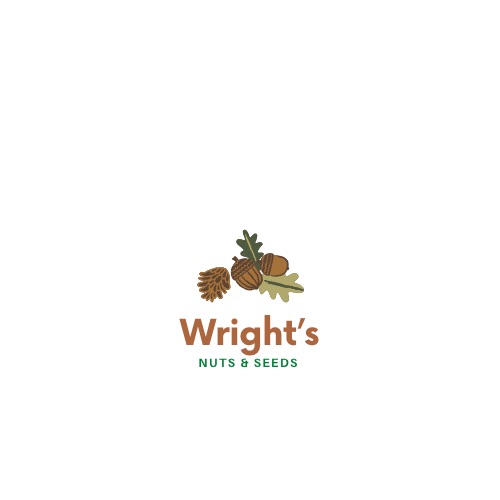🌱 1. Increasing Cashew Yield (Field Level)
A. Improved Varieties
- Use high-yielding, early-bearing varieties released by agricultural research institutes (e.g., in India: VRI-3, Bhaskara, Ullal-3, BPP-8, NRCC-1, etc.).
- Choose varieties with high nut weight, high shelling percentage (>30%), and good kernel grade.
B. Orchard Management
- Spacing & Planting System
- For traditional varieties: 8 × 8 m (156 trees/ha).
- For high-density planting: 5 × 5 m (400 trees/ha) with pruning.
- Adopt double hedge or paired-row systems to optimise sunlight and canopy spread.
- Soil Fertility & Nutrition
- Apply 10–15 kg FYM (farmyard manure) + NPK (500 g N, 125 g P₂O₅, 125 g K₂O/tree/year** in split doses).
- Boron, zinc, and magnesium deficiencies are common; correct via foliar sprays (e.g., 0.25% ZnSO₄ + 0.25% H₃BO₃).
- Water Management
- Cashew is drought-tolerant, but flowering and nut filling benefit from drip irrigation or mulching during dry periods.
- Avoid prolonged water stress at nut-setting.
- Pest and Disease Control
- Control Tea Mosquito Bug (Helopeltis) with neem-based or synthetic pyrethroids during flushing and flowering.
- Manage Die-back and Anthracnose using Bordeaux mixture (1%) or copper fungicides.
- Rejuvenation Pruning / Top Working
- Replace unproductive trees (>15 years old) with top-working high-yielding scions.
- Remove dead/diseased branches annually to promote light penetration and new shoots.
🌰 2. Improving Kernel Recovery and Quality (Processing Level)
Even good field yield can suffer from poor kernel output due to handling and processing inefficiencies.
A. Harvest and Post-Harvest Handling
- Harvest timing:
- Collect nuts as soon as they fall naturally — do not pluck immature nuts.
- Delay causes quality loss and fungal contamination.
- Drying:
- Sun-dry raw nuts to 8–10% moisture before storage.
- Over-drying or under-drying affects kernel shrinkage and roasting quality.
- Storage:
- Store in cool, dry, well-ventilated areas to prevent aflatoxin and kernel deterioration.
B. Processing Improvements
- Steaming / Roasting Control
- Uniform and moderate roasting (not oversteaming) ensures easier shell removal and less kernel breakage.
- Use steam roasting rather than open pan roasting for consistency.
- Shelling and Peeling
- Train workers and use mechanised shell cutters for precision.
- Condition nuts (moderate moisture) before cutting to reduce kernel breakage.
- Drying After Shelling
- Re-dry kernels (3–5% moisture) before peeling to loosen testa without cracking.
- Grading
- Sort kernels by size, colour, and wholeness. Proper grading adds market value.
- Storage of Kernels
- Vacuum-pack or nitrogen-flush in moisture-proof packs.
- Store in low humidity (<60%) to retain crispness.

